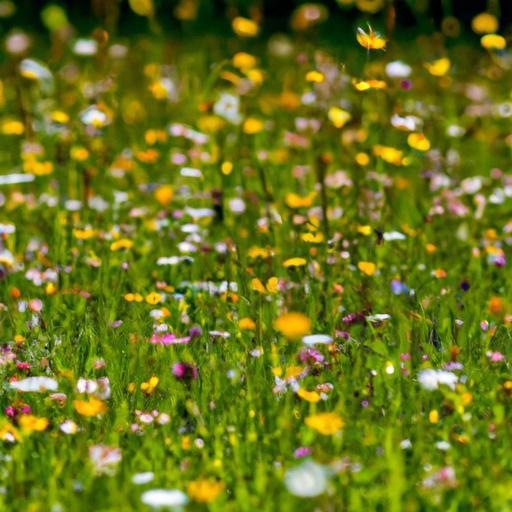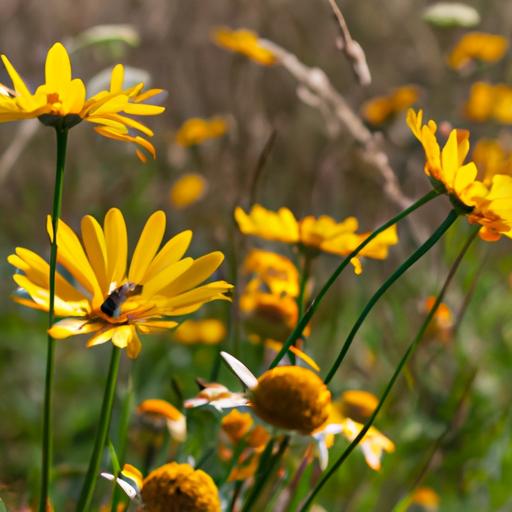Wildflower Meadows: Nature’s Vibrant Tapestry Unfolds

“html
Amidst the concrete jungles and sprawling urban landscapes, wildflower meadows emerge as breathtaking sanctuaries, splashed with an array of vibrant colors and textures that invigorate the scenery. These lively green expanses, teeming with biodiversity, spread across hills and open fields as a striking antidote to city monotony. As this natural spectacle unfolds, myriad colors and fragrances invite onlookers to slow down and recognize the complex interactions at play within these vital ecosystems. This article delves into the allure of wildflower meadows, examining their ecological importance, the intricate balance of life they support, and their innate beauty that encourages a deepened connection to nature. Join us in discovering the profound marvels found in these colorful realms where each flower petal and piece of grass contributes significantly to a melodious display of life.

Biodiversity's Embrace: Why Wildflower Meadows Matter
Wildflower meadows offer more than just eye-catching aesthetics; they are essential for maintaining our ecological health. Brimming with colors and diversity, these natural landscapes provide critical habitats for numerous species. From busy bees to colorful butterflies, these meadows draw various pollinators crucial for facilitating plant reproduction. Supporting such wildlife establishes vital links within the food chain while fostering ecological stability. Furthermore, their complex interrelationships bolster soil fertility, curtail erosion risks, and enhance water retention capabilities—thereby providing refuge for both plants and animals.
The role of wildflower meadows extends well beyond individual species benefits; they also fulfil several significant environmental functions:
- Carbon Dioxide Absorption: These ecosystems help mitigate climate change by sequestering carbon emissions.
- Soil Enrichment: Varied plant life improves soil structure while facilitating nutrient cycles.
- Aquatic Ecosystem Support: Meadows act as natural filters that purify nearby water sources from pollutants.
| Criteria | Conventional Lawns | Wildflower Meadows |
|---|---|---|
| Biodiversity | Poor species variety | Diverse species abundance |

